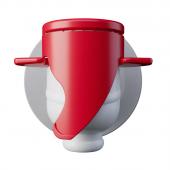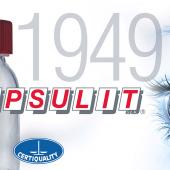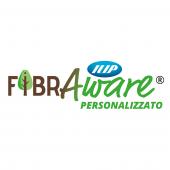Care Package. Kits for emotional crises
Thanks to a collaboration with third sector organisations, students from the Industrial Design Bachelor Programme at the University of Bologna developed an experimental project that explores the potential of packaging as a tool for emotional support.
Erik Ciravegna and Sara Battistini
The project presented on these pages aimed to design kits for people in vulnerable situations, with the goal of providing support during times of crisis. The results show how design can contribute to individual psychological well-being by transforming packaging into a tangible gesture of care and attention.
Beyond the wrapper: packaging as a gesture of care and symbol of inclusion.
An educational project exploring packaging design as a form of support in contexts of emotional vulnerability, inspired by the concept of care as a communicative gesture. In today’s packaging sector – largely driven by functionality, sustainability, and communicative appeal – a new educational experience invites us to consider another dimension: that of care. The project “Care Package. Kits for Emotional Crises” was developed within the Visual Communication Laboratory of the Industrial Design Bachelor Programme at the Alma Mater Studiorum of the University of Bologna. Second-year students engaged in an original exploration of how an artefact such as packaging can help support people's psychological well-being in times of vulnerability.
The Laboratory promotes a design-based experiment each year, integrating theoretical knowledge and practical tools with the goal of combining cultural awareness and design skills. For the 2024/2025 edition – led by professors Erik Ciravegna and Luca Grilli, in collaboration with tutor Sara Battistini and subject experts Elisa Valerio and Elisa Vacondio – the challenge was to design “kits” capable of offering support during emotional crises, aimed at people experiencing temporary or ongoing states of fragility. The goal is not to replace professional specialists, but to create intermediate tools of awareness, comfort, and support that can serve as an initial gesture of closeness and encouragement.
From past to present: the evolution of the “care package”.
The designed kits draw inspiration from the “care package” concept: a package that, over time, has embodied many forms of solidarity, comfort and connection. The term “care package” historically refers to the aid sent after World War II by the humanitarian organization CARE, which was established to provide food assistance to European populations affected by the conflict. The first CARE Package, sent in 1946, contained essential goods and became a tangible symbol of international solidarity. However, the practice of sending gifts or supplies to distant loved ones has roots far back in time, spanning eras and cultures – from Roman soldiers and Crusader knights, to 20th-century migrants and today’s university students living away from home.
In every era, these gestures have represented material and emotional care, tools of connection between giver and receiver. The symbolic value of the “care package” is that of a container of attention, affection and recognition. It is a tangible gesture that conveys presence and support, even across distances. Today, a kit can include physical objects, but also digital content such as apps, eBooks, and videos. And it is precisely this duality – between physical and digital, concrete and symbolic – that inspired the students in designing their kits. Particular attention was given to the balance between form and content, between message and material support. The communication campaign accompanying each kit – shared through social media, print media, or events – completed the design stage by spreading awareness messages and promoting the idea of design as a social act.
Packaging as a relationship interface.
The emotional crises examined by the project groups involve frequent but often unspoken situations: from illness to loss, from identity shifts to interpersonal or internal conflicts. The goal was to provide initial emotional support, a signal that says: “you are not alone”, “you are not invisible”.
In this perspective, packaging is no longer just a container, but becomes a relational interface, capable of initiating a process of contact and reflection. Materials, formats, messages, and visual grammar were carefully selected to foster a gentle, non-invasive dialogue that was empathetic and respectful. The project involved the active participation of numerous local organisations dedicated to psychological well-being, mental health, and social inclusion: Associazione G.R.D. Genitori Ragazzi Down Bologna; Bimbo Tu, Cassero LGBTQIA+ Center, Educare alle Differenze, Fondazione Blue Butterfly E.T.S., La Rete Magica OdV - Amici per l’Alzheimer e il Parkinson, Penny Wirton School in Bologna - Associazione Diritto alla Parola, SIPEM SoS ER - Società Italiana Psicologia dell’Emergenza Emilia Romagna, Susan G. Komen Italia - Emilia-Romagna Committee, U.S.S.M Ufficio Servizio Sociale Minorenni - Bologna office. Dialogue with these organizations allowed for a deeper understanding of the specific needs of various target groups – minors, the elderly, migrants, people with disabilities – and for the development of solutions that respond to concrete and multifaceted needs.
Packaging that embraces.
Underlying the project is a vision of psychological well-being as a state of balance that enables individuals to develop their abilities, face daily challenges, build healthy relationships and find meaning in their lives. In this context, design is proposed as a mediator between need and response, a language capable of facilitating resilience, stimulating autonomy and promoting inclusion.
The Care Package project highlighted how design can influence not only the form of the objects, but also the meanings they carry, the relationships they foster, and the overall quality of people's lives. In this sense, packaging reaffirms itself not just as a container, but as a communicative content – capable of embracing the emotional and social complexity of our time. “Care Package. Kits for emotional crises” does not merely explore inclusive design: it practices it, stages it, and translates it into concrete, communicative artefacts. The entire educational journey has been guided by the idea that packaging can be a gesture that embraces, an artefact that takes care of people.
At a time when psychological well-being is increasingly the focus of public attention – yet still often stigmatised or abstractly discussed – this project proposes a tangible, sensitive approach. A way to reflect, through design practice, on the role that design and visual communication can play in fostering more human, supportive and conscious relationships.
Erik Ciravegna - [email protected]
Sara Battistini - [email protected]
------------------------------------------------------------------------------------
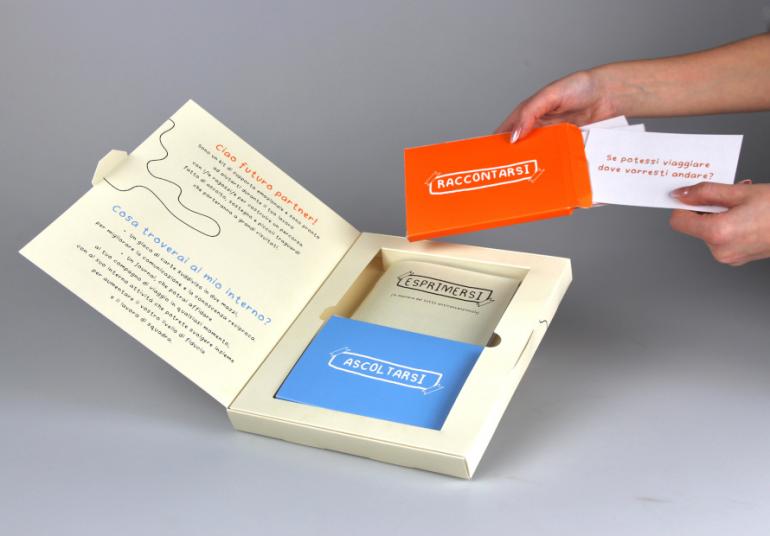
FILO DI VOCE (WHISPER)
A project by Alexia Gambini, Lucia Godoli, Giulia Grande, Maria Ravaioli, and Beatrice Salvini. Developed in collaboration with the Juvenile Social Service Office (U.S.S.M.) – Bologna branch.
The project promotes dialogue between social workers and juvenile offenders, fostering openness and the development of mutual trust. Through the use of a personal diary and a card game, participants are guided to explore their emotions and engage in meaningful conversations, supporting their journey of personal growth, recovery and reintegration into society.
------------
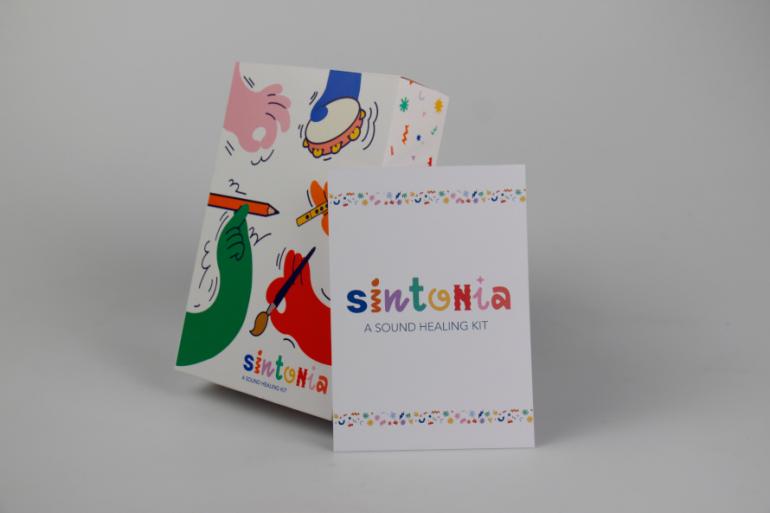
SINTONIA (IN TUNE)
A project by Tommaso Graziani, Alessia Menegazzo, Amanda Taravelli, Mireia Vila Blaya, and Serena Zauli Developed in collaboration with the Blue Butterfly E.T.S. Foundation.
The project is designed to promote the individual, family and social well-being of young people with autism. The project provides caregivers with a kit containing a deck of cards with suggestions for art and music activities inspired by art therapy practices. It includes guidance on how to carry out these activities and adapt them where necessary, also with the support of professionals.
------------
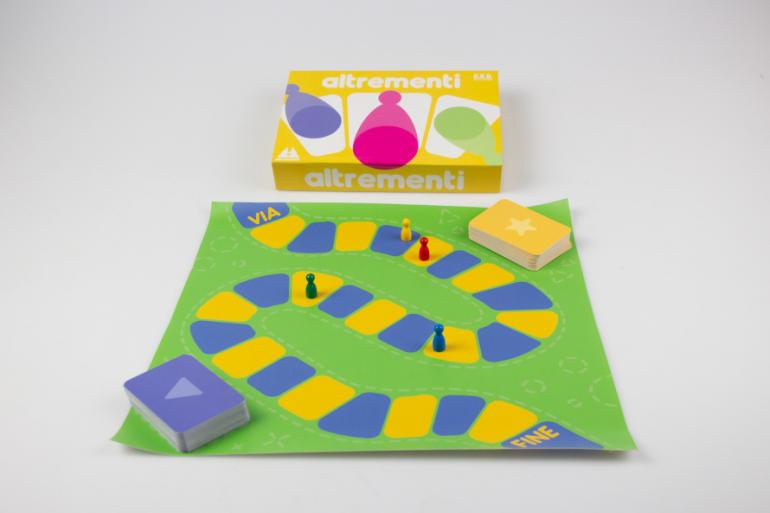
ALTREMENTI (OTHERMINDS)
A project by Francesca Guidotti, Tommaso Ilarda, Lisa Novelli, Camilla Poloni, and Luca Riviello Developed in collaboration with the Genitori Ragazzi Down (G.R.D) Association of Bologna.
The project supports young adults with Down syndrome (ages 18 to 25) in managing their emotions and navigating social relationships. It involves a group-based game, intended for use under professional supervision, that helps participants learn how to cope with emotional crises. An accompanying awareness campaign seeks to foster inclusion and dismantle stereotypes surrounding Down syndrome.
------------
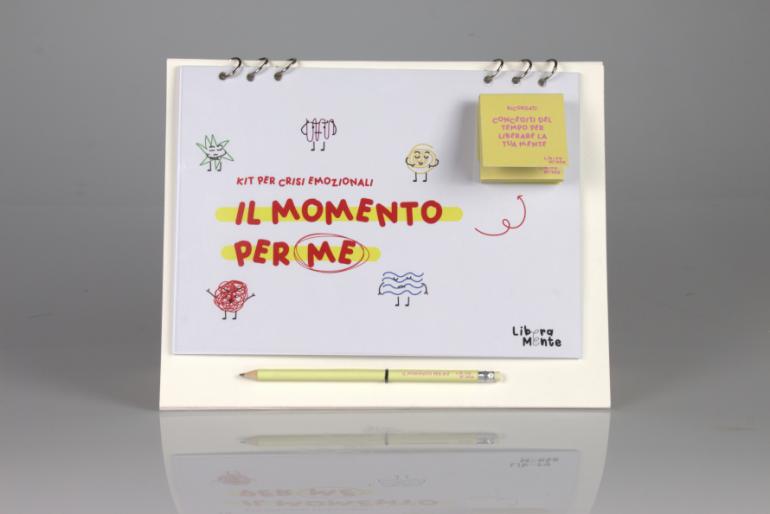
LIBERAMENTE (FREEMIND)
A project by Greta Mazzanti, Margherita Montanari, Leila Esperanza Ramos, Giulia Sampieri, and Sofia Zini Developed in collaboration with La Rete Magica OdV - Friends of People living with Alzheimer’s and Parkinson's disease.
The project is designed to support the well-being of non-professional caregivers who care for family members affected by Alzheimer's or other forms of dementia, offering a practical toolkit for emotional self-management. It includes exercises inspired by EMDR techniques to help strengthen caregivers’ sense of self-efficacy while fostering emotional awareness, mental balance and inner calm.
------------
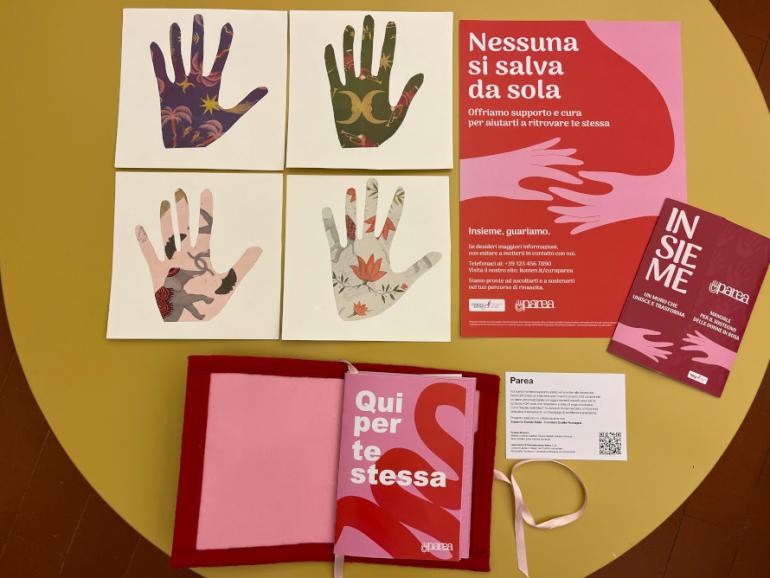
PAREA
A project by Matilde Crostolo Gualtieri, Vittoria Gabelli, Adriana Grynyuk, Seza Güzelöz, and Ester Herrera Ferrándiz. Developed in collaboration with Susan G. Komen Italia - Emilia-Romagna Committee.
The project offers practical and emotional support to women recovering from breast cancer surgery. The kit includes a customisable journal with monthly updates, dedicated writing spaces and QR codes linking to oncology yoga videos. With the “Mural of Hands”, the women supported by Komen leave a symbolic imprint, conveying a message of sisterhood and healing.
------------
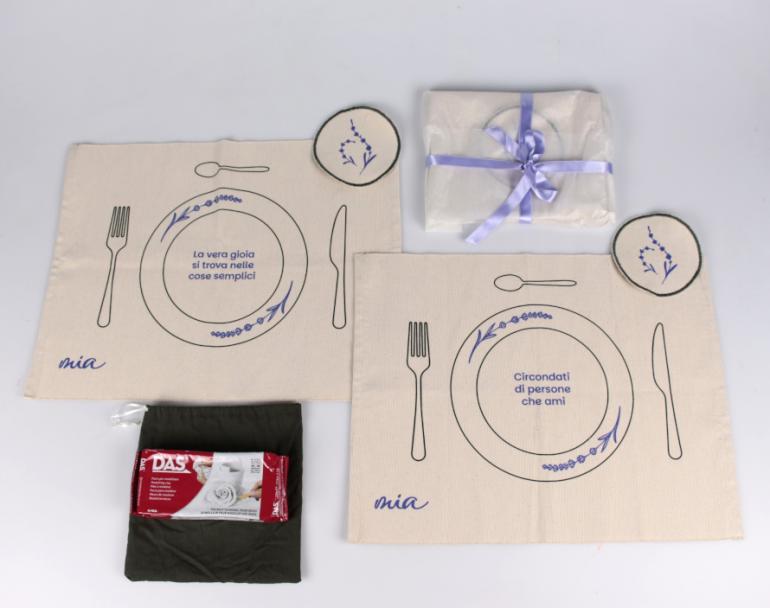
MIA
A project by Ilaria Natali, Agnese Stoppa, Lucia Tinti, Annemein van den Heuvel, and Chiara Zanoni. Developed in collaboration with BimboTu.
The project is designed to support young adults with bulimia along their path to recovery. The kit includes a table setting for four people, featuring placemats and coasters printed with motivational messages, as well as a package of DAS modelling clay to stimulate creativity and sharing. The goal is to help restore a balanced relationship with food and promote moments of conviviality.














